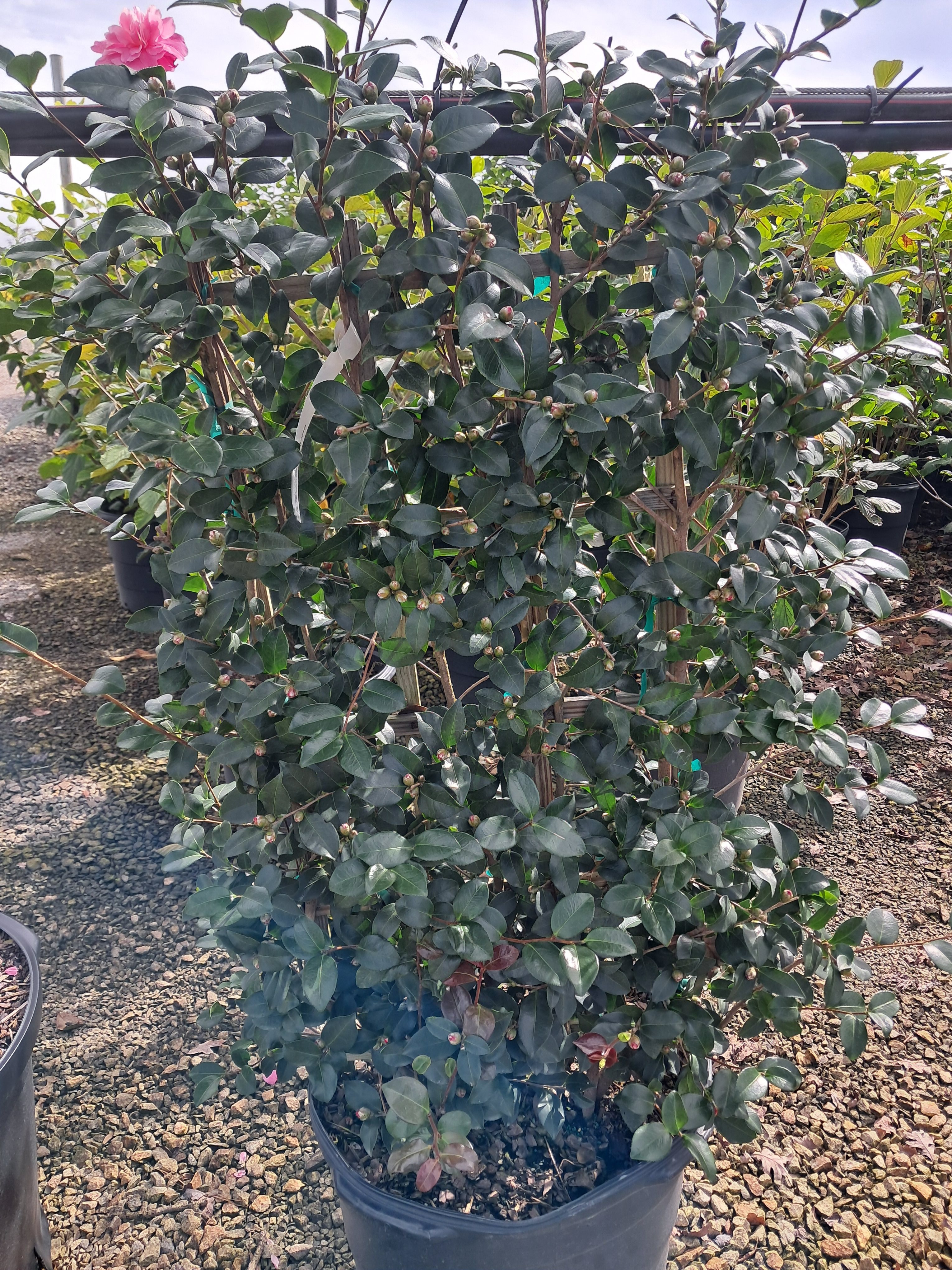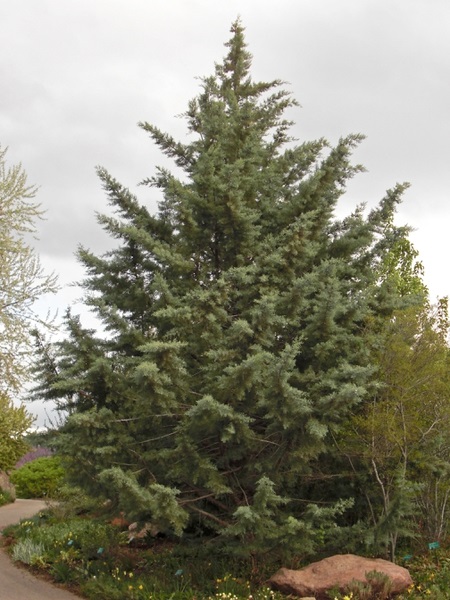919-552-8286
sales@adcocksnursery.com

Grows 1' - 3' ht. x 1' - 2' sp.
Previously known as Ligularia, this clumping, herbaceous perennial in the Daisy family has beautifully large and bold leaves that look great planted in a mass. Found along streambanks and moist meadows, it does best in shade or filtered sunlight. The leaves will burn in full sun, but a few hours of early morning sun should be fine. Give it rich, moist soil and water deeply in summer.
Attractive yellow blooms appear in late summer and last through fall. Leaves and flowers may stay evergreen, depending on winter temperatures (around 20 degrees F.), but will probably die back like other perennials. Use as woodland or shade area border plant, on the edge of ponds or pools or even in containers.
Flower Photo Credit: NC Extension

Grows 5' - 6' ht. & sp.
What a beautiful flower this Camellia has! Autumn Spirit is a hybrid between C. oleifera x C. sasanqua and deserves to be a focal point of any garden. It's bright and deep pink peony-shaped blooms are an intense show-stopper, and show up early in the season.
Like most sasanquas, they prefer slightly acidic and moist, rich soil that is well-drained, and they could use a little protection from the brutal afternoon summer heat.
Our plants are espaliered, but these would work well as a corner foundation plant, screen or even in a container.
Photo Credit: NC Extension

Grows 40 to 60 feet tall and 15 to 20 feet wide
Carolina Sapphire Cypress (also called Arizona Cypress) is an elegantly tall, wide, and evergreen tree that grows best in full sun and well-drained soil. It is moderately drought and salt-tolerant and needs little water once established. Built for the brutal heat of North Carolina summers.
The foliage has beautiful, silvery-blue to teal coloration year-round, and the bark is gray to brownish-black. The branches are sturdy but have a lacy appearance and its aroma and color interest make a great display in holiday greenery.
Carolina Sapphire Cypress is relatively trouble-free and moderately deer-resistant, making it a good choice for screening when compared to other fast-growing evergreen choices. It can be used as a specimen tree or for windbreaks.
Photo and Copy Credit: NC State Extension